Trip Chaining
A new way of Commuting

drcommute • September 2021
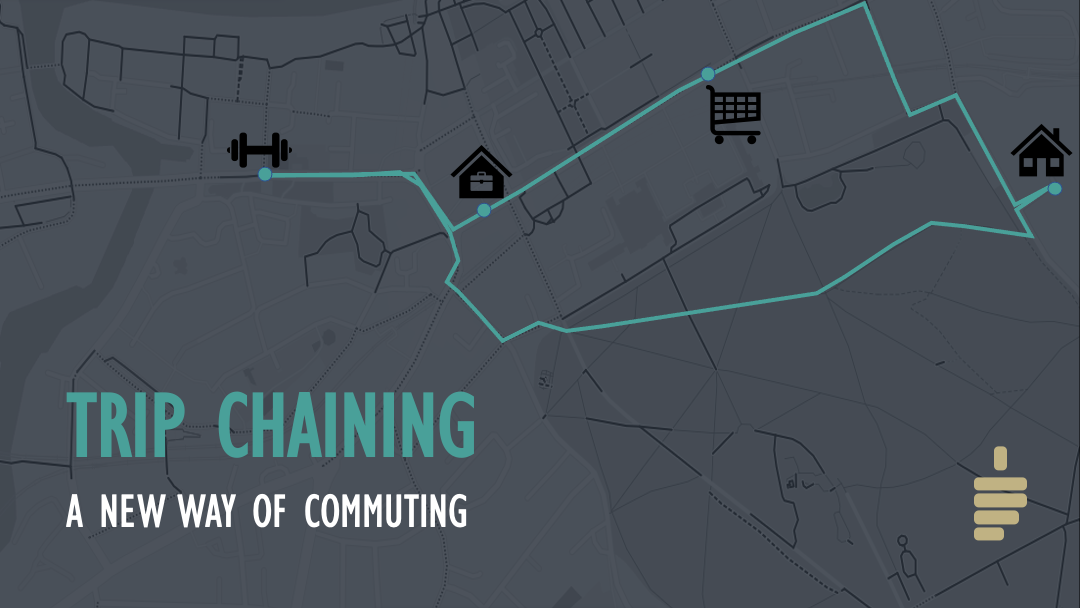
Dear commuter,
Trip chaining behaviour has been acknowledged since the 1960s. Although to this date, there are no set agreements on the definition of this term, it is a pattern easily recognised. Nonetheless, how is this pattern analysed and what impact does it have on the commuter’s journey?
As a commuter myself I’ve noticed becoming a part of this commuting trend. Previous data released measuring commuting journeys base their model on a very simplistic framework.
Having said that let’s start with the main question: What is the meaning of commute?
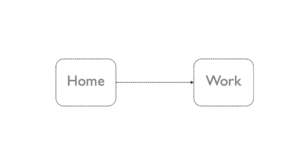
The commute is a journey that an individual undertakes from home to work (and vice versa).
Currently, statistics on commuters behaviour extract their data based on this simplistic model.
Historically, the commute was a journey limited by urban and technological developments so, the commute patterns were well monitored and known. Nowadays with the advancement in the different modes of commute, transport links, technology and even flexible working patterns, the commuter’s journey transformed to adapt to the individual needs and priorities. This allows the commuter to plan ahead and integrate errands during this journey. In current times, the pattern of mobility during the commute is no longer defined by the original statement. The need to acknowledge, accept, investigate and adapt is paramount to the complexity of human travel. Allowing future knowledge and resources to be used in transportation improvement policies, urban structure with the view to contribute positively to the future of the commute and ultimately to the commuter experience.
With that being said, what is trip chaining?
Currently, there is no set agreement for the definition of a trip chain.
Trip chaining is a travel pattern that combines the commuter’s daily commitments (non-work-related stops) into one simple trip (home to work or work to home).
For instance, during your commute, you make a stop to drop your children at the daycare centre, go to the gym or even do your shopping on your way back home. This is a simple diagram to help you understand the concept of trip chaining during your commute:
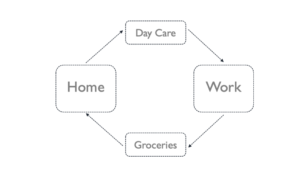
In simples words, you take advantage of your daily commute to do your errands with the view of saving time and money.
Trip Chaining – same meaning different definitions
The trip chaining definition by the National Travel Survey in England:
Trips individuals make within a defined period of time (eg: morning peak). This includes both chains (stop in a journey to take a child to school or for other purposes regardless of the time taken) and travel patterns (someone who makes a trip with a purpose may return home and then make another trip).
Other trip chaining definition was described by McGucking and Nakamoto:
Travels between two anchors (The tour) that is either a direct or with an intervening stop of 30 minutes or less (chain).
There are two anchor points in this case (home and work). The journey between these anchor points is considered the tour and chains are the stops or trips taken during this tour.
This definition was proposed by the U.S Federal Highway Administration and used by the 1995 Nationwide Personal Transportation Survey (NPTS) and the 2001 National Household Travel Survey (NHTS).
In 2008 Primerano et al proposed trip chain as:
A primary journey (e.g your commute to work) that start and ends at home with secondary trips linked to your main trip.
Trip Chaining: General Patterns Identified
General aspects of your commute with trip chaining activities:
- Increased commute length both in time and miles
- That leads to an increasing number of stops
- Trip chaining behaviour is increasing both in male and female
- Women show a higher number of stops
- Predominant in non-urban areas
- With an increase in denser urban areas as well
- The mode of commute preferred in non-urban areas is the car
- But trip chaining behaviour is seen using different modes of transportation
Trip chain: what the research says
The National Travel Survey of England recorded, since 1995, a decline in commuting trips despite the increase in population and employment. As well as, a decrease in midday shopping and personal businesses journeys. Contrarily, the commute journey has become longer both in time and distance. The longer commute journeys are seen primarily on commuters >30 years old.
According to USA’s National Household Travel Survey, a decrease was also noted between 1990-2009.
Part-time workers perform on average 3x as many escorts to school as full-time workers.
This paper analysed data from 1995 NPTS and 2001 NHTS and noticed a growth in trip chaining from home to work and work to home by over 12%.
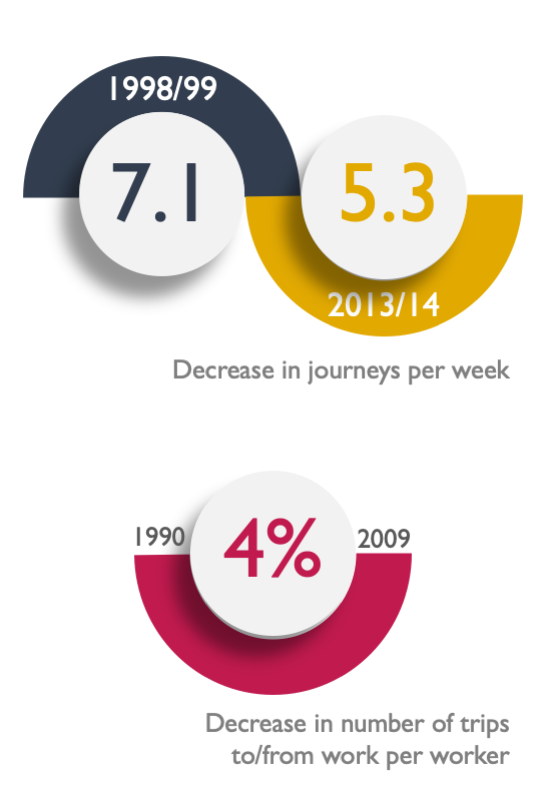
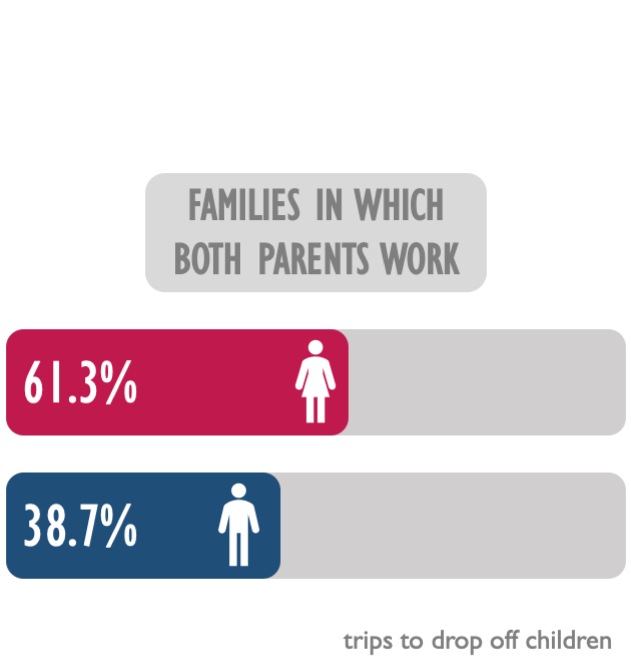
According to the latter study, these are the most common stops from home-to-work and work-to-home.

The complexity of trip-chaining (on the way to and from work) in different household types increases from:
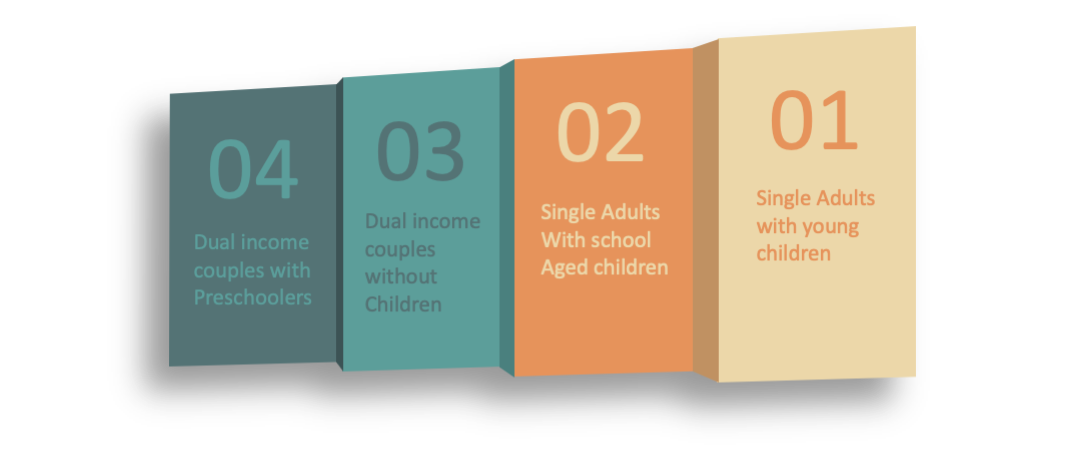
It is in the presence of households with children that commute patterns and trip chain behaviours diverge from men and women. Showing an increase of women stopping on their way to work and back. Other studies reached the same conclusion.
In these studies there are noticeable differences between commute trip chaining behaviours between men, women and their household structure. Again the data collected is from 1995 NPTS and the 2001 NHTS:
- both man and women increased their stops during their commute from 1995-2001 mainly from home to work
- Men’s trip chaining increased almost twice as much (24%) – stops for meals and coffee – “Starbucks effect”
- Men in a household with teenager children or no children showed an increase in trip chaining behaviour
- More than 40% within a household with small children included non-work stops into their commute – slight change since 1995
- When both parents work the trips to drop off or pick up a child is made by women 66% and men 34%.
- Women are more likely to incorporate household responsibilities: ex: children’s drop-off
As well as this paper where it is mentioned that:
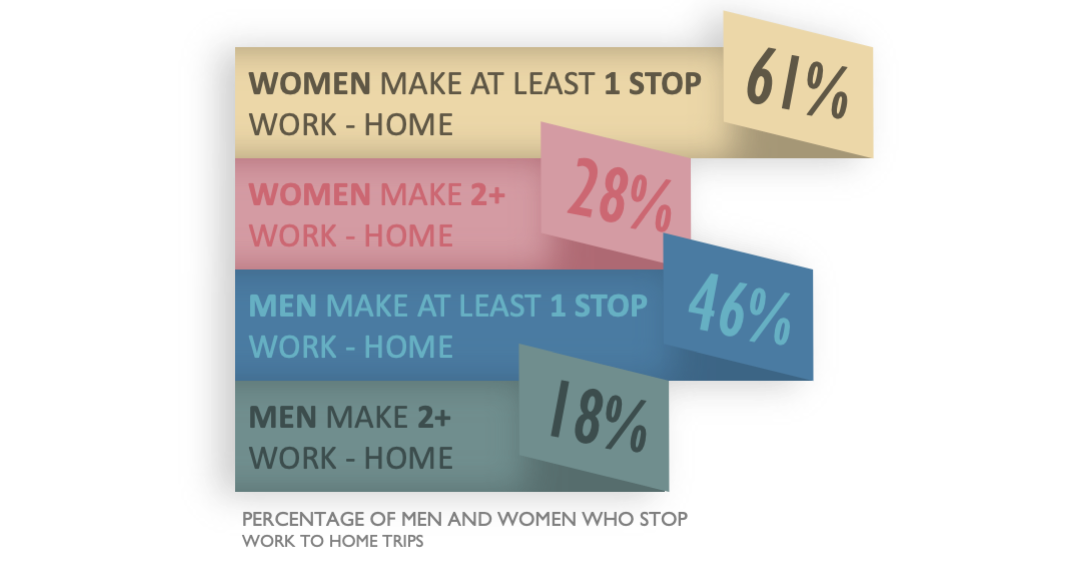
When households come into light:
- 80% of both men and women in households with no children show no stops on their way to work.
- 40-50% of stops on their journey back home.
Trip chain: what’s next?
The causes of this shift away from the traditional commuting patterns are not clear at the present time but it is speculated that it can be a consequence of:
- Trip Chaining: commuters tend to combine in their primary trip (house to work) non-working related trips (picking up children, grabbing coffee, groceries, gym..)
- Change in the work pattern – part-time, remote workers.
- Workers with no fixed usual workplace
Several questions focusing primarily on the trip chain behaviour, need to be considered before collecting new data related to the increase of this commuting trend. The questions that come to light are: a) what is the formal and comparable definition of trip chain; b) what comparable data should be used? What should be the length of the trip? The purpose of the trip? What is the direction of the commute journey (home-to-work or work-to-home)? Or the number of stops? Studies have shown that incorporating an analysis with a geographical component will step up the understanding of trip chain behaviour during commuting.
All of these variables need to be accounted for to enable future realistic data collection for empirical studies. Allowing an in-depth understanding of the commuting patterns of nowadays. Giving the researchers the tools to compare these results and differentiate them across generations and countries. This will allow targeted policy-making to shift and accommodate the commuters priorities and interlink them with urban improvements such as transport facilitation, employment, services etc.
Please share with us your thoughts and experiences.

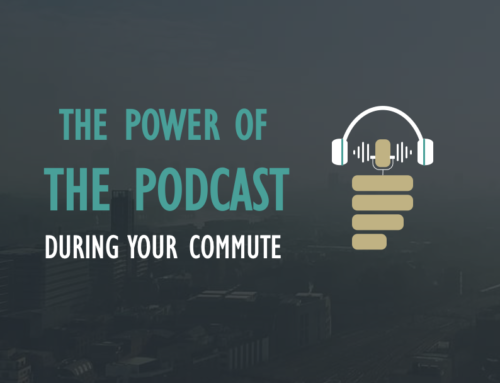
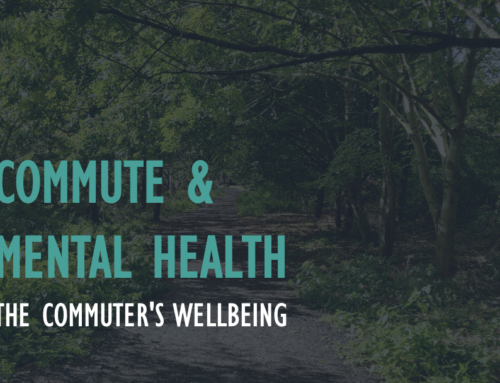
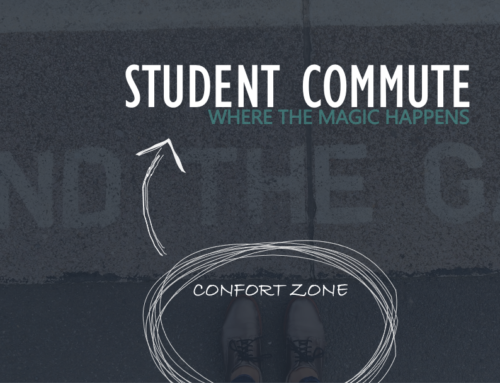
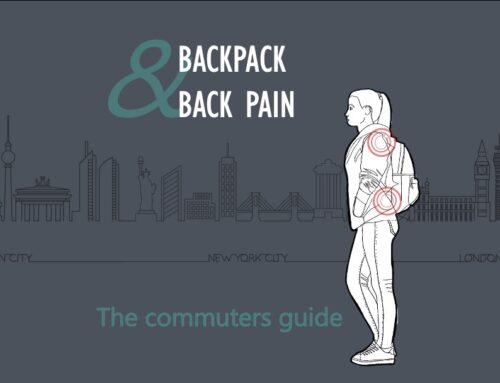
Leave A Comment